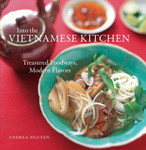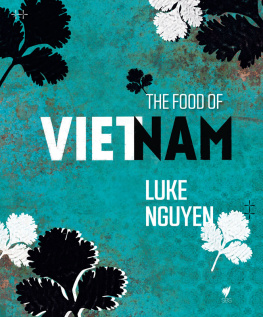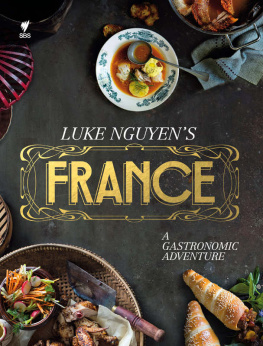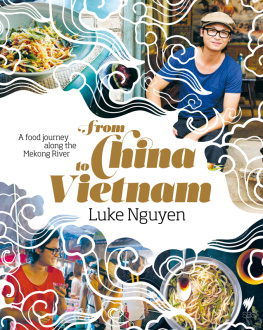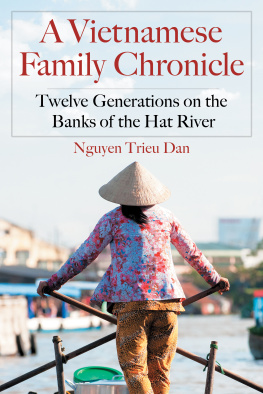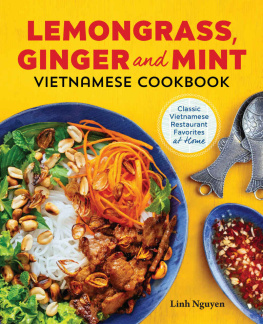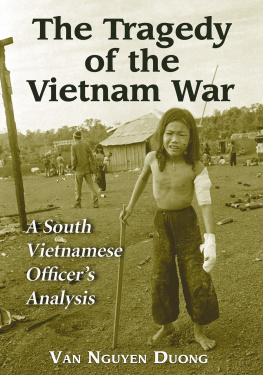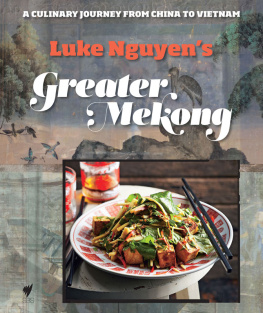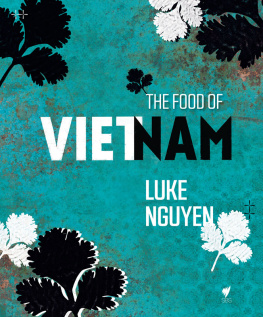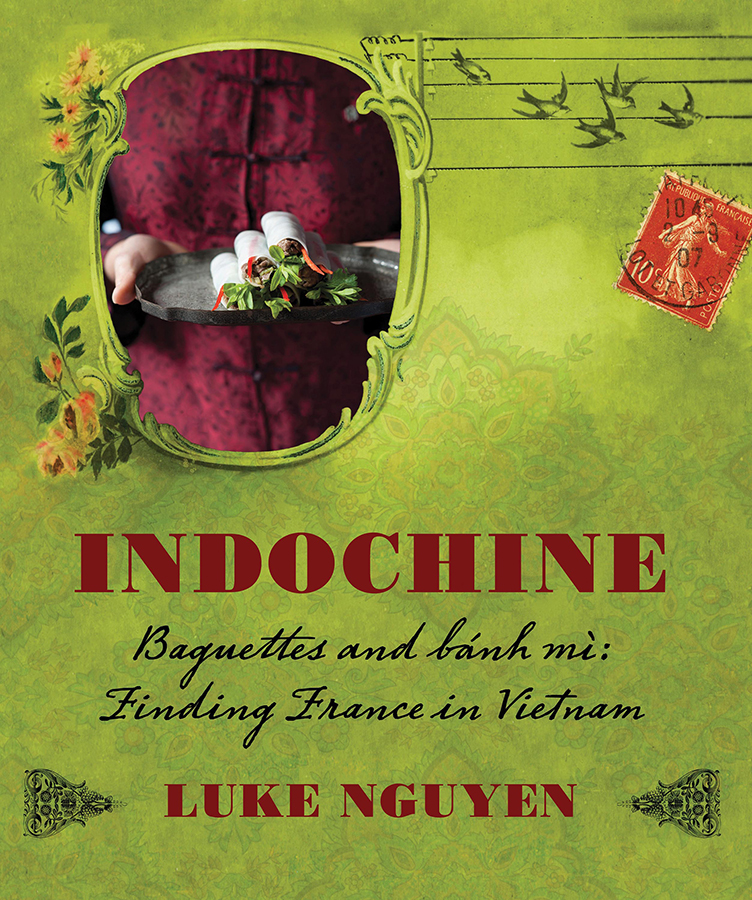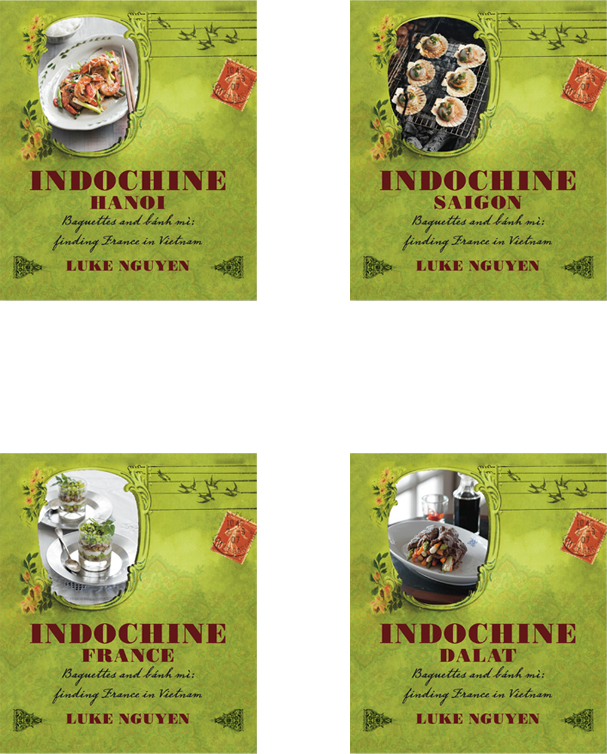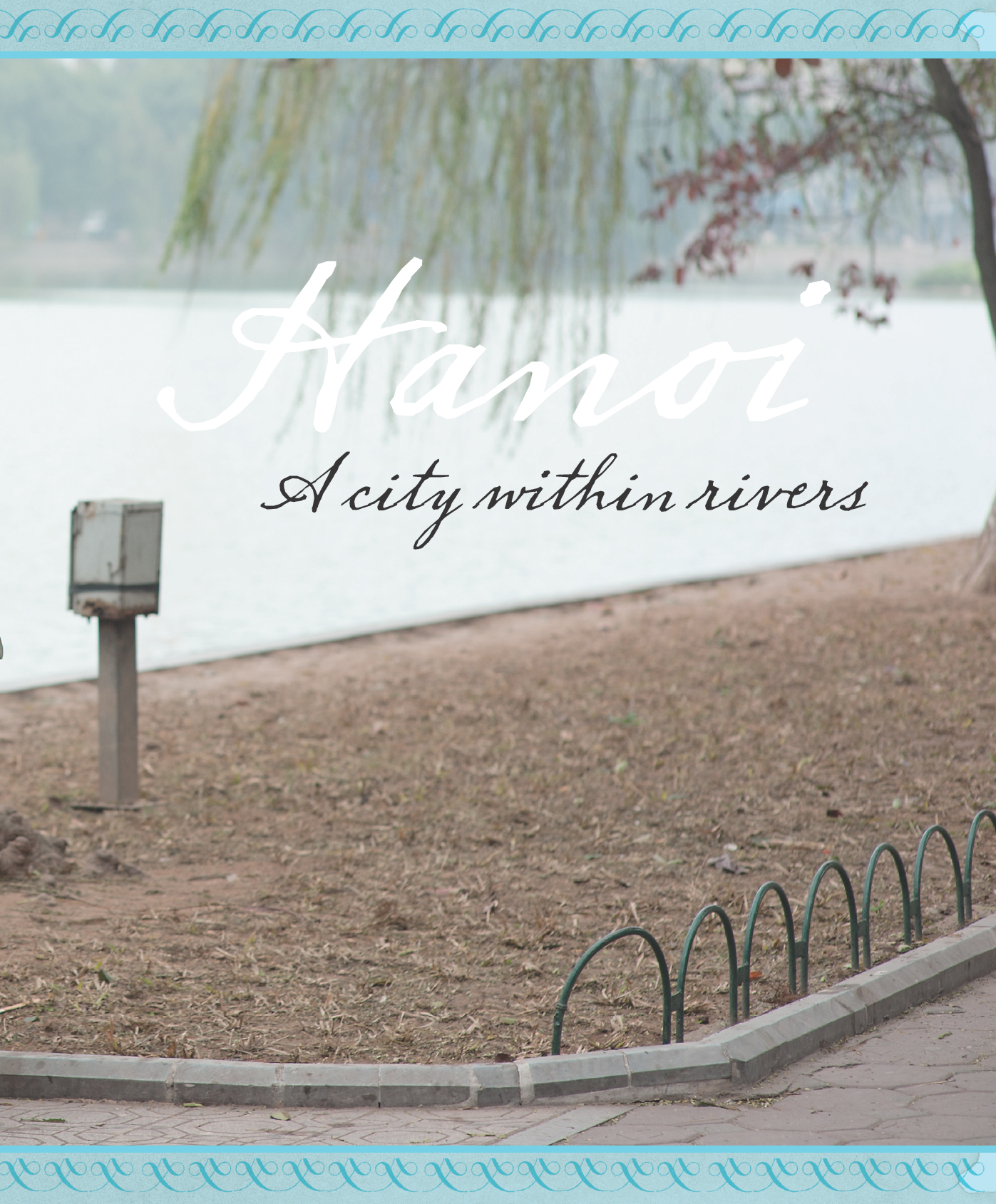Acknowledgments
In writing this book I have been taken on another wonderful and unique journey. Not only have I discovered more delicious dishes, I have also learnt so much more about the rich history and culture of colonial Vietnam. I am always amazed and appreciative as to where the love of food has taken me.
Indochine would not have been possible without the love and support from four very special people:
My mum and dad, who scouted all the wet markets of Vietnam in search of the freshest produce so we could cook and shoot each recipe.
My beautiful loving partner, Suzanna Boyd, who keeps wowing me with her talents in photography, design and, now, food styling! I would have been absolutely lost without you.
Alan Benson, you are incredible. Your photography is truly stunning and you seem to create these amazing images with such grace. I thank you for your professionalism and great friendship.
Much respects to the publishing team of Kylie Walker, Hugh Ford, Kim Rowney, Leanne Kitchen and Livia Caiazzo.
Big hugs to the entire Red Lantern Family; without your dedication, passion and hard work, I would not have found the time to complete this book. I thank you.
To my wonderful family in France, thank you all so much for sharing your knowledge and love for FrenchVietnamese cuisine and culture.
Thank you also to all the cooks, restaurateurs, hoteliers and friends in Vietnam who were so generous with their time and knowledge; and lastly, thank you to Vietnam Airlines for your continuous support.
This book is for my ever-supportive family: Cuc Phuong, Lap, Pauline, Lewis and Leroy Nguyen.
Two wise men of Hanoi
THERES NOT A BREATH OF WIND THIS morning and the jade-coloured waters of Hoan Kiem Lake are mirror flat. A motorbike pulls up in front of me; the young driver is selling chilled green young coconuts. I give him 10 000 dong (AUD 50 cents), he chops the top off with a large cleaver and then hands me the coconut. I sit down and sip on my refreshing juice and watch the world go by.
I notice two elderly men, smartly dressed and wearing black berets, taking a stroll, the elegant bamboo walking sticks in their hands seemingly more for show than necessity. They stroke their long silver beards as they walk, nodding to each other in agreement as they talk. All the activity around me seems to stop as I watch these two men. They stop at a cart selling fresh soy bean milk, close enough for me to hear that they are not speaking Vietnamese but fluent French.
It is not often that I approach strangers and ask to join them for a coffee, but on this particular day I feel so compelled to talk to these men, that this is exactly what I do.
Xin chao, I say a little nervously as I tentatively walk towards them.
Bonjour, they reply.
I cant speak French, so I continue in Vietnamese and ask if I can join them. They accept, so I order three Vietnamese iced coffees and ask them how they both came to learn the French language so well.
We both went to French schools, one of the men explains. When the French occupied Vietnam, they divided it into three different countries, all with different administrative regions; the north was called Tonkin, the centre was Annam and the south, Cochin China. Along with Laos and Cambodia, Vietnam became part of French Indochina, or Indochine as it is often called.
Both our parents worked for the French, so we were given a French education. We are old school friends; were both in our late eighties now and many of our friends have passed, so we make sure we catch up every morning for our walk. Afterwards we usually head to our friends charcuterie store to buy freshly baked baguettes and pt for our families.
Baguettes and pt The French had such a profound impact on the Vietnamese way of life yet Ive never stopped to really consider the culinary legacy they left behind, or how much influence it has had on my own and other Vietnamese families cooking techniques. I explain that Ive only ever had a vague notion of this period of French occupation, that it lasted from 1862 to 1954, but that Ive never delved deeper into it.
As I sit in the park, drinking iced coffee and listening to two old men telling the stories of their youth, I realise a door is opening for me, that the seed of a new adventure has been planted. From that very moment, I commit to spending the next month travelling through Vietnam to discover how the French influenced what the Vietnamese cook and eat today, and how the French presence was felt in daily life and if it continues to do so. Im barely able to contain my excitement as I tell them my plans.
One of the men puts a calming hand on my shoulder. Begin your journey first by simply walking through the old streets of central Hanoi, he tells me. And as you walk, dont always just look straight ahead but be sure to look up!
As they send me on my way, I think how it is always the lives and stories of the people I meet who give such depth and heart to my research on Vietnams culinary arts. I have a renewed spring in my step, and I have those two wise gentle men of Hanoi to thank for that.
List of Recipes
ITS 5.30 AM; ITS MUGGY BUT STILL BEARABLE, AND Im slouched against the front gates of Lenin Park, not fully awake. Why am I here? I had to ask myself the same question as I stumbled bleary eyed out of bed this morning, but Im here on good advice.
No visit to Hanoi is complete without checking out Lenin Park, my friend told me. But be sure to get there early its all over by 7.30 am.
I cant believe how busy it is; the sun is hardly up and already theres a bottleneck getting into the front gate! The entrance is lined with sacks of freshly steamed corn sitting atop old bicycles, each cob selling for about AUD 25 cents. Morning joggers grab one on their way into the park for a quick, healthy breakfast.
As I walk through the gates its almost like entering a different world, a tranquil oasis in the midst of this busy, hectic city. Im taken aback by the sheer size of this great open space; magnificent aged trees tower over the large central lake, creating much-needed cooling shade. People are jam-packed in all corners of the park; both young and old are jogging, stretching, practising tai chi and martial arts, and playing cane ball and shuttlecock. The atmosphere is almost festival like, so much so that the buzz in the air soon snaps me out of my soporific state.
Im drawn to some pop music blaring from a set of speakers in the western corner of the park. Im sure its a song from Modern Talking, a Europop band from Germany that was popular in the early eighties. Why they became so popular within Vietnamese circles around the world, I really dont know. I remember my brother Lewis being such a fan, dressing like them and playing their songs over and over again.
I arrive in time to catch the quirky sight of thirty or so men and women, all over the age of fifty, strutting their stuff to the beat, doing the cha-cha-cha, salsa and the lambada. The dancers are assembled in small groups, taking their cues from each dance leader, and I cant help but laugh with joy at such a sight. I take a few photos and they begin to gravitate towards my camera, dancing even harder with more hip action and sass. I cheer them on and they love it!


